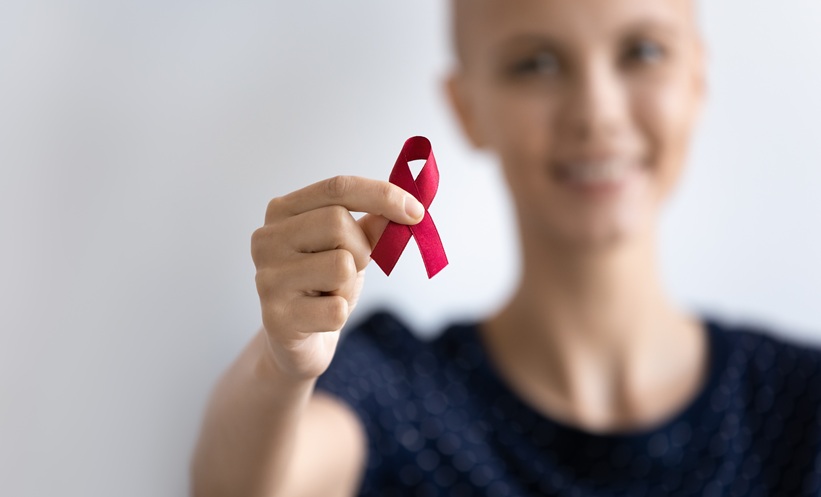RESTORING the power of natural killer (NK) cells in the vicinity of lymphoma tumours may catalyse the development of new therapies, according to the results of a study from the Helmholtz Zentrum München, Munich, Germany.
Previous research has suggested that NK cells may attack B lymphoma cells and should be studied further to explore a potential treatment avenue. However, it has been revealed that in living bodies compared with cell cultures, NK cells seem to lose their ability to fight lymphoma tumour cells, raising questions as to the worth of pursuing this path.
In their new study, Prof Dr Ralph Mocikat, Institute of Molecular Immunology, Helmholtz Zentrum München and colleagues aimed to solve this dilemma. They conducted one experiment which showed that when placed in the vicinity of lymphoma tumour cells in live mice, NK cells lose their ability to kill the cancer cells. They performed another experiment which showed that when the same NK cells are placed in a different environment, their ability to kill rogue cells returns within several hours.
Through further testing the team established that the tumour uses two mechanisms to disable NK cells. One mechanism involves a specific inflammatory molecule, a cytokine named IL-10, which indirectly deactivates the NK cell. The other mechanism by which lymphoma cells escape death by NK cells involves deactivating their NKG2D ligands; these are surface molecules that allow NK cells to attach to their targets and release their killer toxins.
Despite this, the authors report that the NK cells are still able to send signals at an early stage to activate additional anti-tumour immune responses, by producing a cytokine called interferon gamma (IFNγ). They concluded that it may be possible to use NK cells to fight B cell lymphoma by priming them against the tumour before transplanting them to its vicinity, thereby avoiding the methods that the tumour uses to evade them.
A shot of IFNγ or antibodies against IL-10 may also boost the anti-tumour immune system response from other areas, as explained by Prof Dr Mocikat: “According to our findings, this therapeutic approach can be optimised when transferred NK cells are already activated in vitro prior to their injection, thus bypassing the missing activation potential in the tumour microenvironment. An additional injection of IFNγ or of antibodies against IL-10 could further support the immune activity.”
(Image: freeimages.com)







